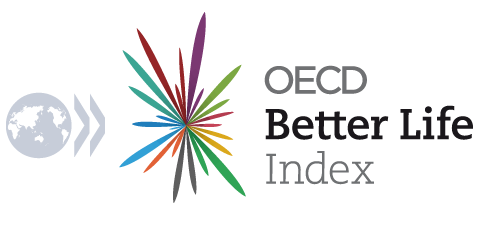All work and no play
The ability to juggle family, work and personal time affects our individual well-being. It also impacts those in our household and how much time we have to give back to our community. A significant factor in work-life balance is the amount of time we spend at work. Evidence suggests that spending too much time at work can impair our health, jeopardise our safety and increase stress.
In Australia, approximately 14% of employees work very long hours, one of the highest rates in the OECD. Interestingly, Australian users of the Better Life Index consistently give work-life balance top priority.
Policy makers can help address the issue by encouraging supportive and flexible working practices. The Australia Institute (TAI) has been conducting research since 2001, and in 2009 it launched “National Go Home on Time Day” as a light-hearted way to start a conversation with Australians about the importance of having work-life balance and the consequences it can have on physical and mental health, relationships and communities.
Do you have an example of a better policy at work in your community?
Share it with us at: bli@oecd.org
Making happiness count
Asking people how they feel can tell us a lot about their health, their education, their income, their personal fulfilment and their social conditions, and in time, help to identify inequalities before they take root. One of the most common indicators used is life satisfaction, which measures how people evaluate their life as a whole rather than their current feelings.
Since the launch of the Better Life Index in 2011, life satisfaction has been among the top well-being priorities expressed by citizens, even in countries where material conditions such as income, jobs and housing may be very poor. Clearly, being satisfied with one’s life matters; so how can we improve policies to take it into account?
In the region of Southern Denmark, a metric of “Good Life” has been developed to monitor well-being in the region. Once a year, citizens are asked to assess their own level of well-being, both in general and in terms of different well-being dimensions (such as health, relationships, etc.). The initiative gives policy makers an opportunity to explore the link between objective conditions and individual perceptions of life in different places. It has also brought new perspectives to the Danish growth debate.
Do you have an example of a better policy at work in your community?
Share it with us at: bli@oecd.org
Being safe vs feeling safe
Personal security is a core element for the well-being of individuals, and it broadly concerns the risks of people being physically assaulted or falling victim to other types of crime. Crime may lead to loss of life and property, as well as physical pain, post-traumatic stress and anxiety. One of the biggest impacts of crime on people’s well-being appears to be through the feeling of vulnerability that it causes.
For this reason, indicators like assault and homicide rates can give an idea of the risks people face in a particular neighbourhood or community. In Japan, less than 2% of people reported falling victim to assault over the previous 12 months, one of the lowest rates across the OECD. According to latest data, Japan’s homicide rate is 0.3 per 100 000 inhabitants, also one of the lowest rates in the OECD. Yet safety is consistently rated a high priority in Japan and neighbouring Korea. What can be done to close the gap between being safe and actually feeling safe?
In 2012, the local government in Seoul introduced the Initiative for Single Women, to provide better services including: safe housing, an education programme, health care, and job opportunities. So far 2 000 single female households have moved into safer housing environments and over 100 000 women are expected to benefit from the violence prevention programme.
Do you have an example of a better policy at work in your community?
Share it with us at: bli@oecd.org
